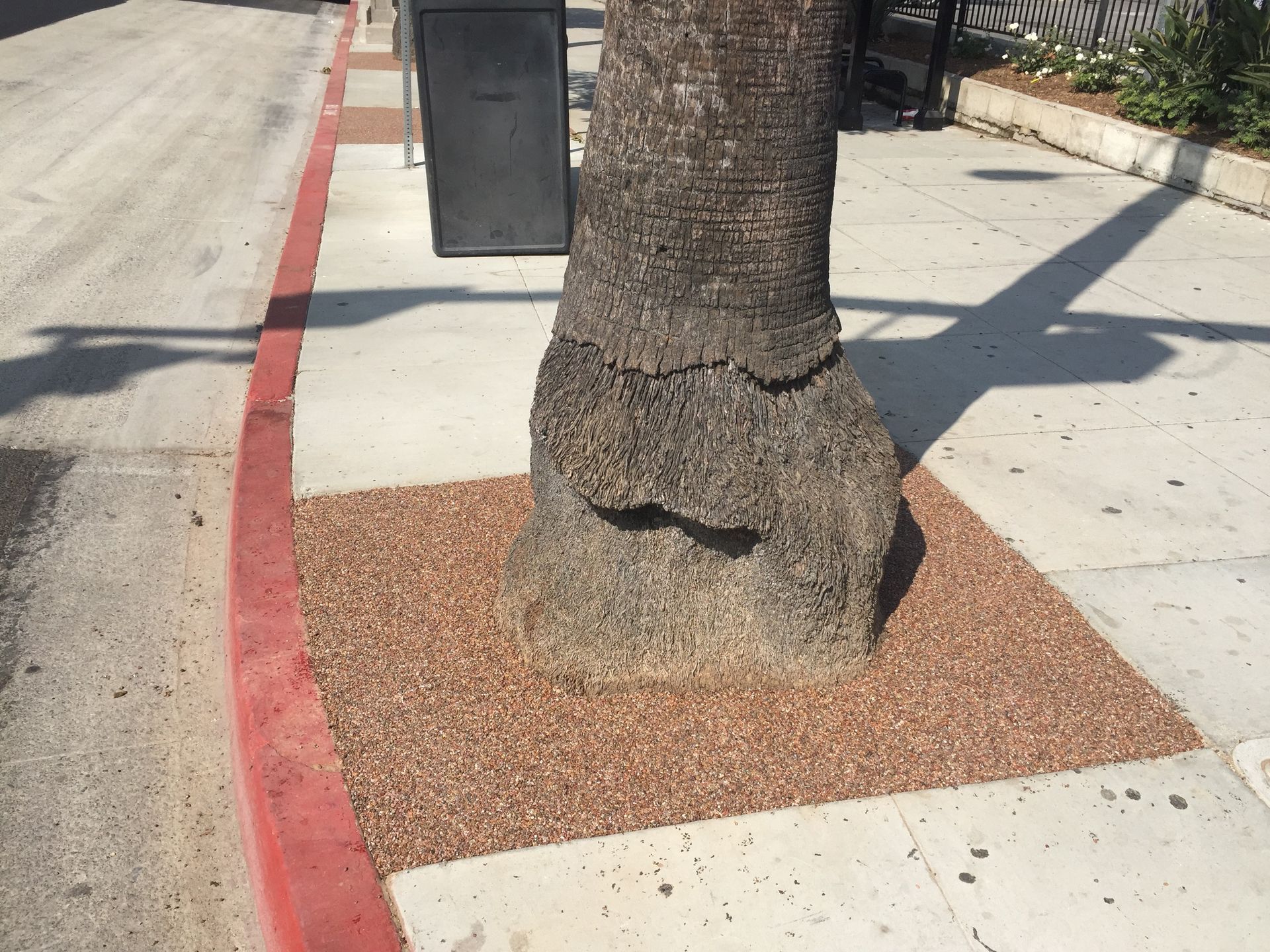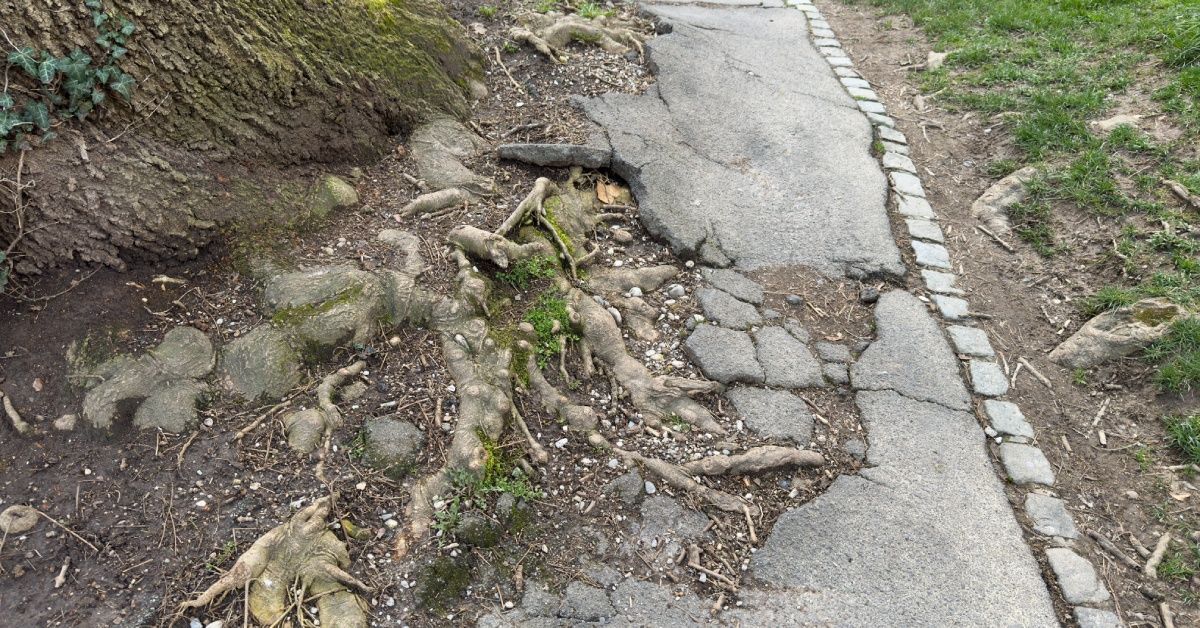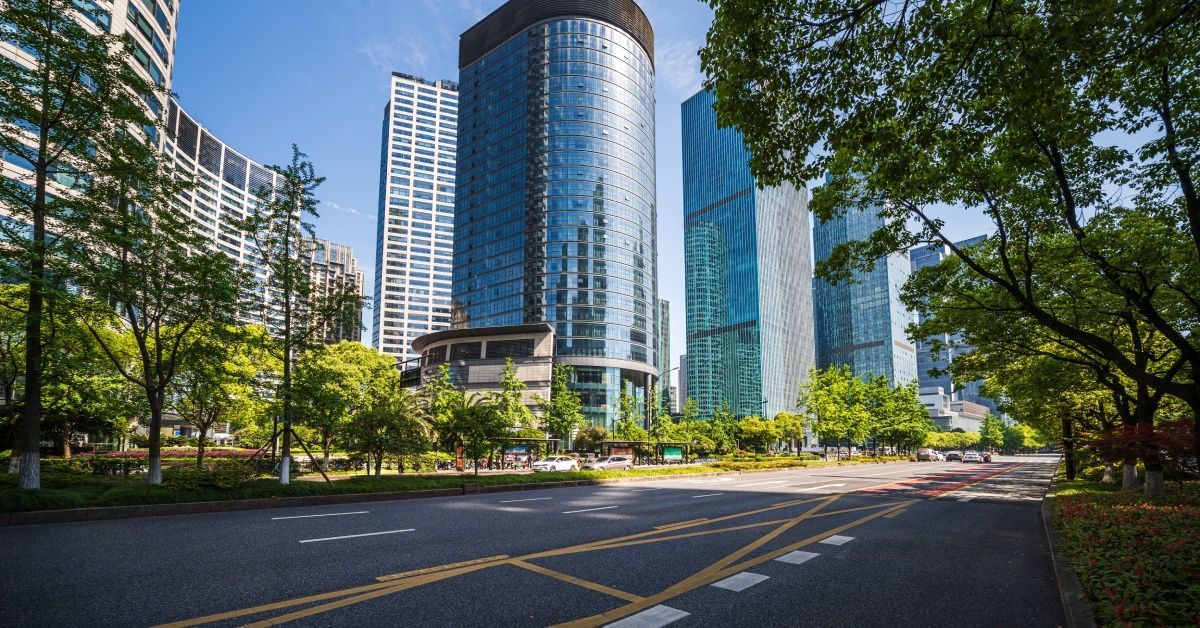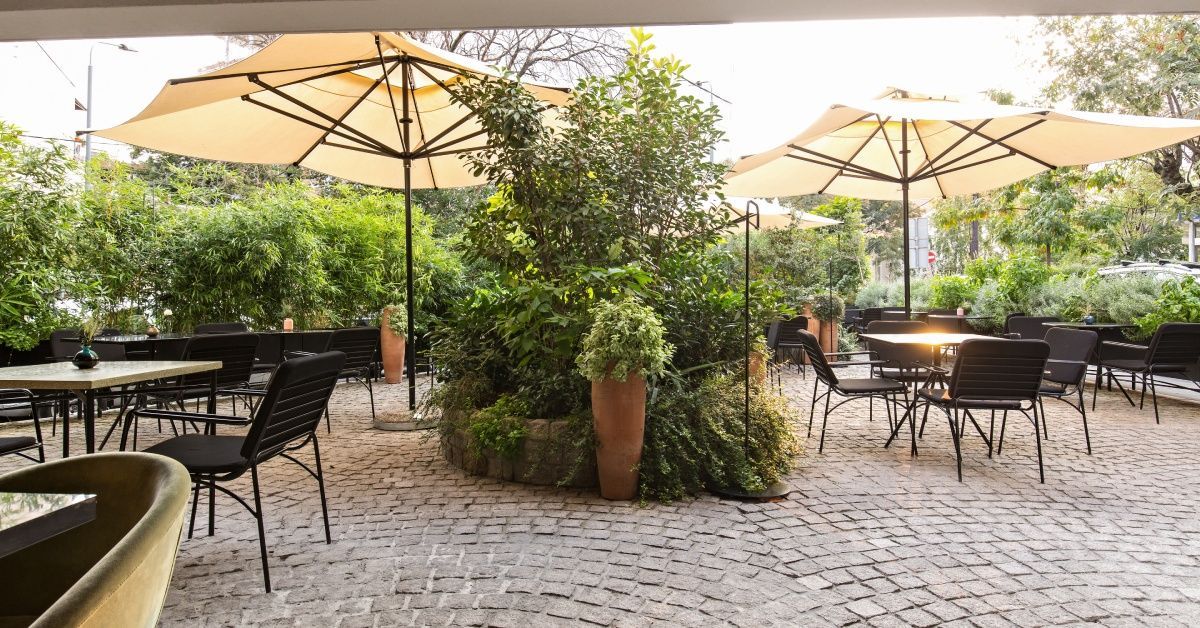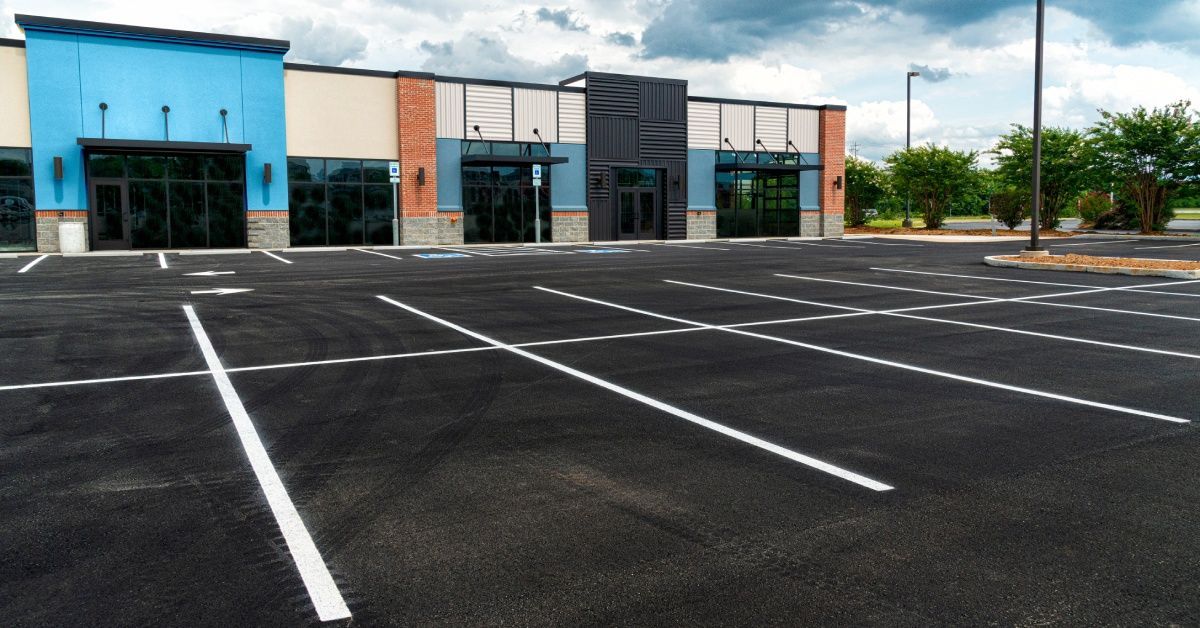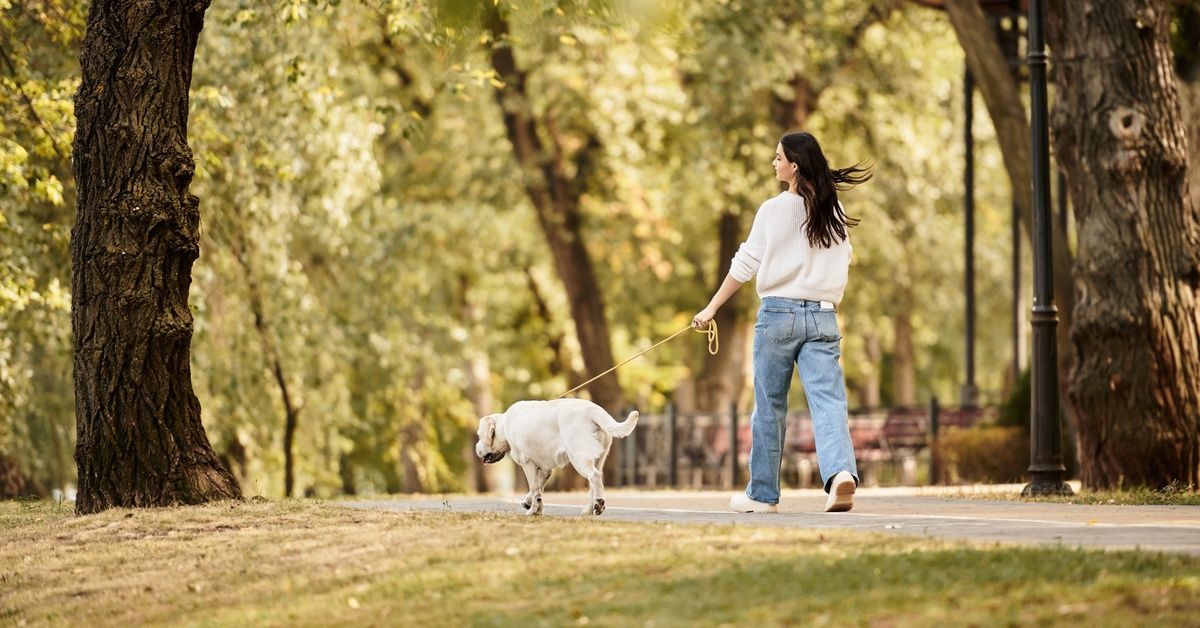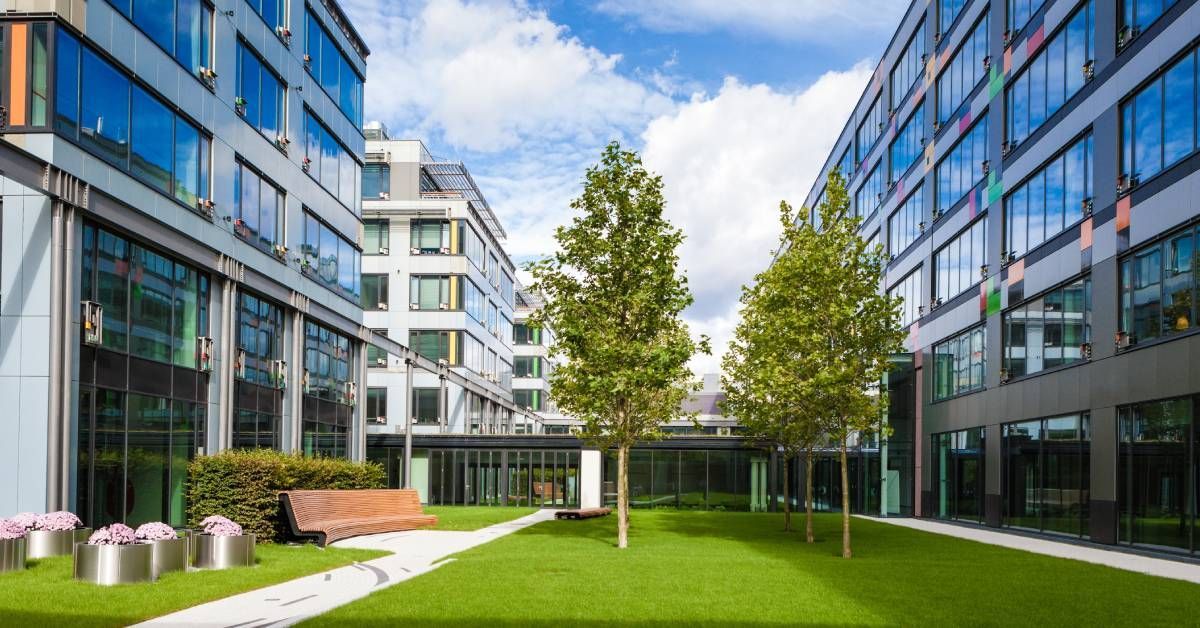11 Landscaping Ideas for Tree Centric Gardens and Parks
Trees are the foundation of beautiful, sustainable gardens and parks. They improve air quality and enhance biodiversity, making them essential to outdoor spaces. Incorporating trees into your landscaping elevates the environment and experience, whether you’re designing a community park or urban garden. Here are eleven landscaping ideas for tree-centric gardens and parks , highlighting trees’ unique role while focusing on eco-conscious practices.
1. Create Tree-Lined Pathways
Tree-lined pathways invite visitors to explore while offering shade and visual structure. Consider pairing native trees with permeable paving along the paths. These materials allow water to seep into the soil, giving trees adequate moisture. This approach also supports efforts to manage stormwater and maintain healthy root systems. Use drought-tolerant tree species to reduce maintenance and increase sustainability. Evenly space trees to create a balanced canopy and improve walkability.
2. Design Tree Clusters for Gathering Spaces
Grouping trees into clusters creates natural gathering spaces with a shaded environment. Use benches or low seating around these clusters to encourage relaxation and socializing. Choose trees with varying heights and seasonal interest, such as flowering dogwoods or maples, so these spaces evolve throughout the year. Consider a water fountain or bird feeders to attract wildlife. Regularly maintain the space to keep it clean and inviting.
3. Support Urban Trees With Surrounds
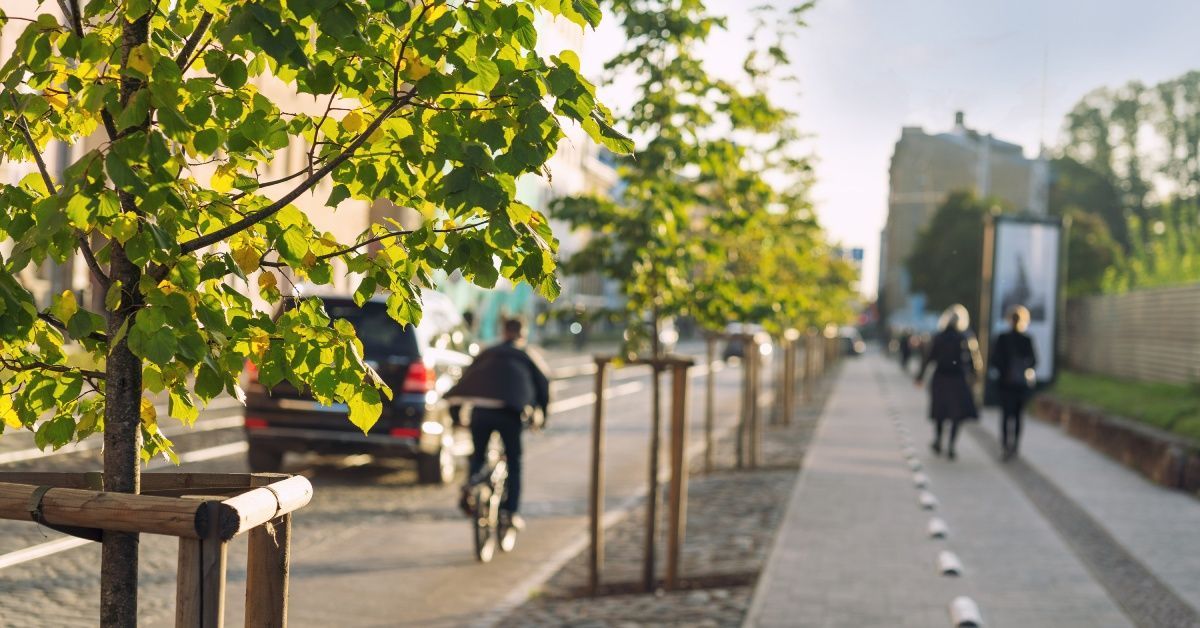
Urban environments can be challenging for trees, but adding permeable tree surrounds can help them thrive. They support healthy root development by allowing water and air to penetrate the soil without compacting under foot traffic. They also reduce the need for traditional metal grates, offering a low-maintenance and eco-friendly alternative.
Urban trees face stress from limited soil space and heavy pedestrian activity. Permeable tree surrounds create a breathable barrier that protects roots from damage. They control surface runoff, improving soil moisture and reducing the strain on city drainage systems. Tree surrounds are easy to install and you can customize them to fit various urban landscapes.
4. Enhance Edges With Tree Borders
Define the edges of your parks or gardens with a border of trees. Doing so creates a buffer zone for noise reduction and privacy while giving the space a well-designed look. Evergreen species, such as cypress or spruce, can provide year-round beauty, while deciduous trees offer seasonal variety.
Choose fast-growing species, such as poplar or leyland cypress for quicker results. Use mulch around the base of each tree to retain moisture and suppress weeds. Regular pruning will maintain the desired border’s shape and tree health.
5. Install Raised Planters Around Trees
Raised planters are a stylish way to incorporate trees into your design. Surround a large tree with a built-in planter to protect its roots; then add smaller flowers for visual interest. This approach works particularly well in urban gardens with limited space, as it combines greenery with seating or decorative elements.
Raised planters also improve soil drainage, which is essential for tree health. Concrete, wood, or metal materials are necessary for the planter to survive outdoor conditions. Choose plants that thrive in light and water conditions similar to your trees to create a harmonious environment.
6. Use Trees for Vertical Gardens
Vertical gardens are gaining popularity, especially in areas with limited ground space. Instead of traditional structures, consider using trees as a foundation for vertical plantings. Clematis or climbing roses can grow along the trunks, adding color to the landscape without harming the tree.
Using trees as a base allows you to create a layered, natural look that blends seamlessly into the environment. Choose non-invasive vine species so that the tree remains healthy and unharmed. Add flowering vines, such as jasmine or honeysuckle, for fragrance and seasonal blooms. Install a trellis or wire support around the tree to guide the vines as they grow.
7. Incorporate Trees Into Open Lawn Areas
Open lawns are central to parks and larger gardens, offering space for recreation. Incorporate trees into these areas by strategically planting them to avoid blocking sightlines. Species with expansive canopies, such as oaks, are preferable to maximize shade coverage while maintaining openness. Keep smaller recreational zones available for sports or picnics.
8. Establish Tree-Focused Water Features
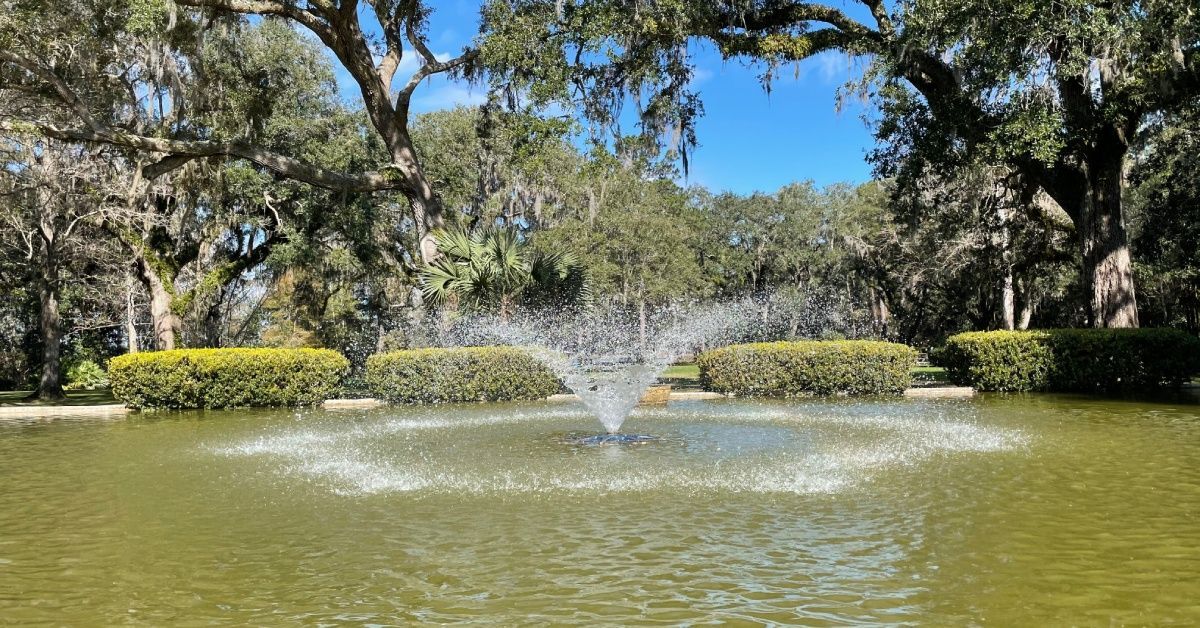
Water features add tranquil appeal to gardens and parks. Pair them with trees for a truly serene environment. For example, a small fountain surrounded by trees creates an inviting focal point. Alternatively, trees near a pond provide natural shade and reduce algae growth.
Water features can improve air quality by increasing humidity and reducing dust. Seating options near fountains or ponds create peaceful spaces for visitors. Install solar-powered pumps for an eco-friendly way to keep water circulating. Regularly maintain the water features to ensure a healthy environment.
9. Pair Trees With Native Plants
Native plants and trees naturally thrive together, making them an excellent combination for sustainable landscapes. Grass, shrubs, and perennials support pollinators and require less maintenance than non-native species.
Native plants and trees work together to improve soil health. Their deep root systems help retain water, reducing the need for irrigation. Native species also attract local wildlife, providing food and shelter for them. Many native plants resist pests and diseases, minimizing the need for chemical treatments. Create a landscape that naturally adapts to your region's climate and conditions by choosing native options.
10. Design Interactive Tree Installations
Trees can also serve as interactive elements in your design. Treehouses, rope swings, or observation decks make them attractive for visitors and encourage people to connect with nature. Install informational plaques to educate visitors about the tree species and their ecological importance. Use soft lighting around trees to create a welcoming atmosphere for evening use. Design pathways that wind through tree clusters to encourage exploration.
11. Highlight Trees With Lighting
Proper lighting transforms trees into striking features at night, improving safety and usability. Use uplighting to emphasize the tree’s height or wrap string lights around the trunks and branches for a magical effect. Solar-powered options are perfect for reducing energy consumption. Choose warm white lights for a warm ambience.
Position spotlights at the base of larger trees to cast shadows on nearby walls or pathways for a dramatic look. Use weatherproof string lighting designs that withstand outdoor conditions. Timers or smart lighting systems can automate your setup and save you time.
Bringing These Ideas To Life
Incorporate these landscaping ideas for tree-centric gardens and parks into your designs to create spaces that are functional and in harmony with nature. Trees aren’t just decorative elements; they’re integral to biodiversity and foster a deeper connection with the environment.
Consider working with Rockpave if you’re exploring eco-friendly materials for landscaping, such as permeable tree surrounds. Our innovative solutions support healthier trees and more sustainable designs. Thoughtfully integrating trees will ensure your project thrives for generations, whether designing a small urban park or a sprawling natural space.
